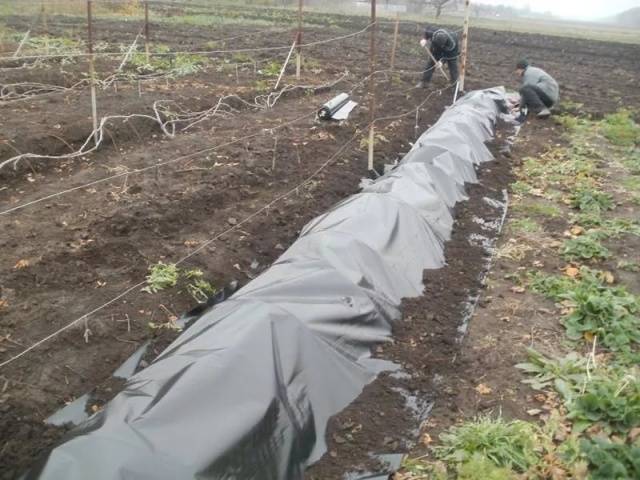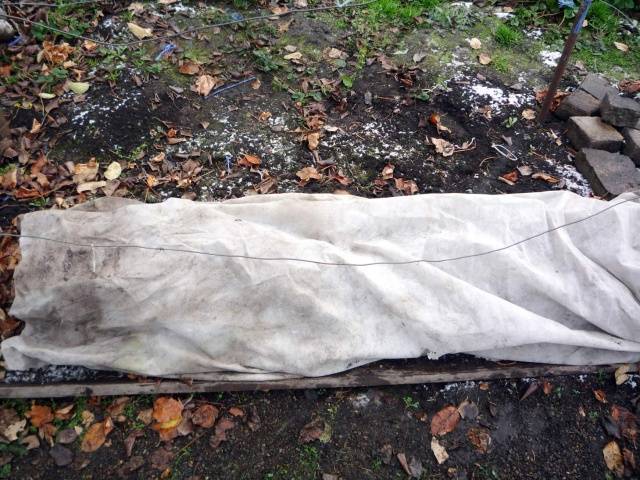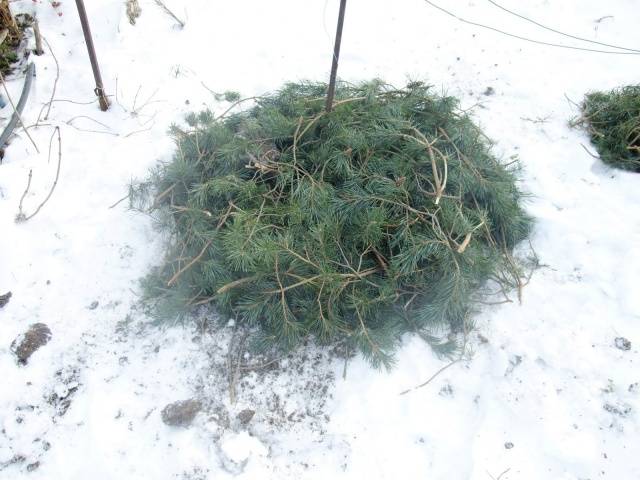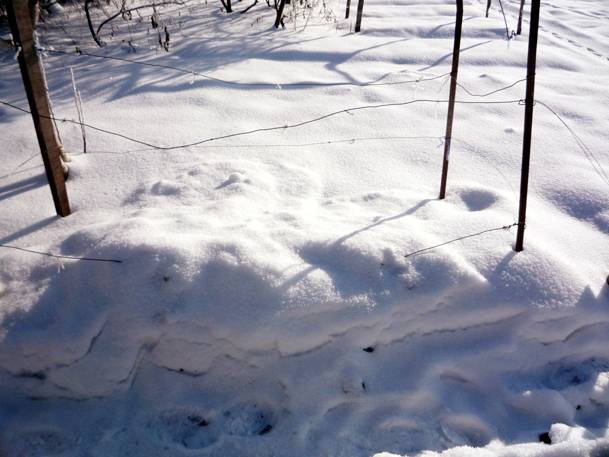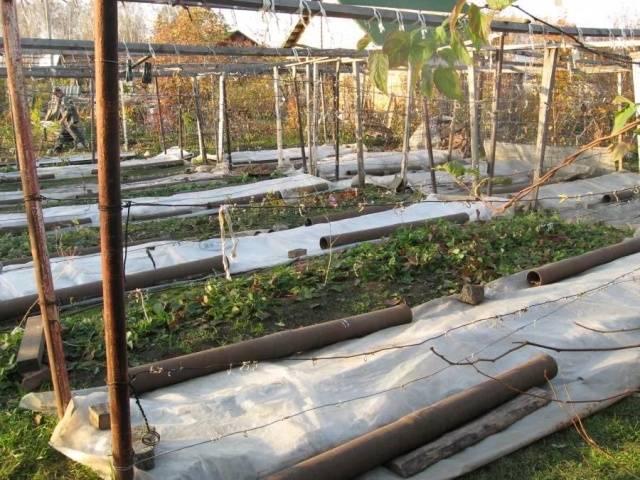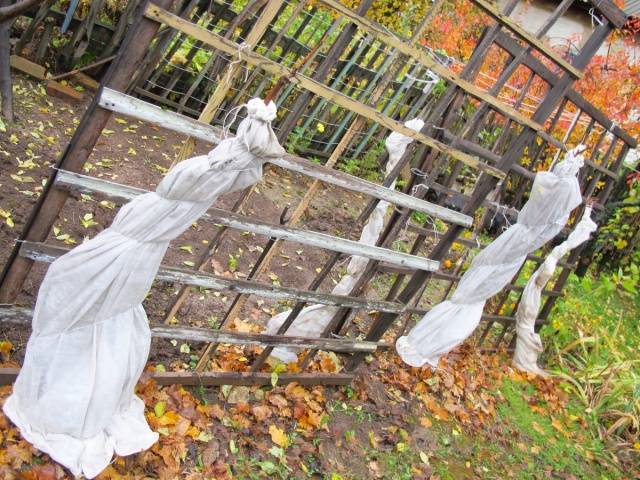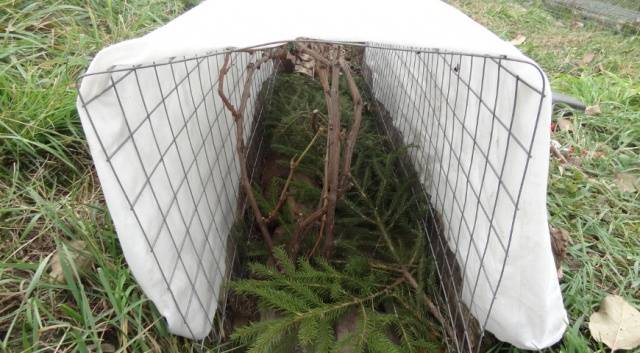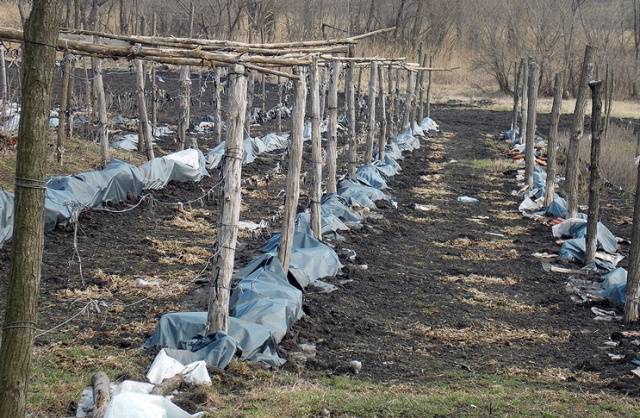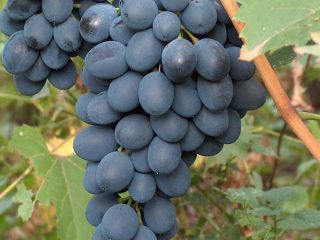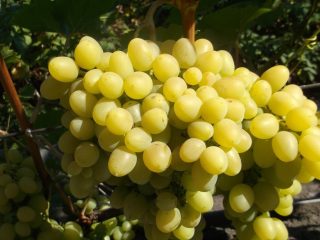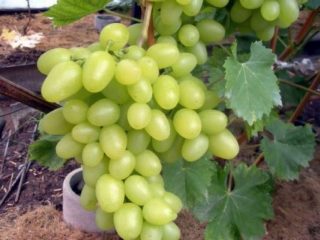Content
Among summer residents, there is an opinion that grapes can be grown only in the southern regions, and the Urals, with its unpredictable summer and 20-30-degree frosts, are not suitable for this culture. However, you can grow a vine in the Urals, if you know how cover the grapes for winter.
Growing grapes in the Urals requires the correct selection of varieties and the exact implementation of agrotechnical recommendations.
Features of viticulture in the Urals
Early to mid-early planting is best. grape varieties, which have time to ripen in 3-4 months. They must be winter hardy. This property should not be confused with frost resistance, which means the ability of grapes to withstand short-term frosts. Winter-hardy grape varieties are prepared for severe temperature fluctuations throughout the winter season. However, at very low temperatures, young grape bushes can die, therefore, in the Urals, grapes are sheltered in winter. For this, experienced growers keep a variety of covering materials on the farm: straw, boards, burlap, spunbond.
22
Preparatory work in the vineyard
Inappropriately covered vines face many dangers:
- young branches and roots can become food for mice;
- the formation of molds is possible on the branches;
- kidneys may freeze.
Preparatory activities:
- if dry weather is established in the fall, it is necessary to water the vineyard well and fertilize with minerals;
- carry out preventive treatment of bushes;
- remove the vine from the trellises and tie into bunches;
- prepare covering material and shelter trenches.
Vineyard pruning rules
Vineyard pruning could be done in the spring, but in the fall it has several advantages:
- young, still unripe vines can freeze in winter, so they should be pruned after the leaves have fallen;
- pruning will reduce the volume of the bush, which will make it easier to cover;
- in the spring, sap flow begins - the loss of juice from the cut branches will weaken the vine and reduce its yield.
The peculiarities of grape pruning in the Urals are the following recommendations:
- you should not prune the bushes in the first year;
- it is necessary to remove all shoots and stepchildren to a lignified branch;
- about 12 eyes and 4 shoots should be left.
Covering material
All material used for shelter must be decontaminated even after it has been removed from the vineyard in the spring, and stacked in a dry place. In the fall, you need to get it out and prepare it for use:
- review, discard and destroy damaged boards or straw mats;
- collect and dry fallen leaves, and then carry out treatment with disinfecting drugs;
- spruce branches will become an excellent covering material - it will protect the vine from mice;
- prepare and dry medicinal plants that will scare off pests - tansy, calendula, wormwood and others;
- sever covering material with these herbs.
Shelter of the vineyard for the winter
There are different ways to cover the vine. They need to be covered when frosts are below minus five degrees, since light frosts only temper the vine. The first time after shelter, you need to monitor the air temperature. If it rises above six degrees Celsius, mold will begin to multiply, which will lead to the death of the vine.In this case, you need to remove the covering material, open the vine and ventilate, and when the temperature drops to minus five again, cover it.
Shelter on the deck
When covering grapes, you need to make sure that its lashes are raised above the ground, otherwise they can rot. First, a plank flooring is placed on the bars, and vines tied in a bundle are laid on it. The area under and around the deck is cleared of leaves, twigs and other debris. Further, it is necessary to cover the grapes with spruce branches, and close the top with a covering material - a film or roofing material. Since every centimeter of snow cover retains one degree of heat, the half-meter thickness of the snow will allow the grapes to winter without additional shelter.
However, if the winter is not very snowy, the vine must be insulated. Sawdust, foliage, boards are laid out on the spruce branches, and on top they are covered with a film or other covering material. Vents should be left on the sides so that the vine can breathe freely. The roots of the grapes should also be covered. A good way is to insulate the trunk circle with spruce branches covered with snow.
Shelter of grapes under a layer of dry snow
Many people use the air-dry method of covering the grapes. First, the vine is bent and pinned to the ground, but so that it is ten centimeters higher than the ground. The top is insulated with foliage, sawdust or straw, then burlap or a dark film is thrown onto the wire as a covering material and covered with soil at the edges from the rows. The shelter should have vents for ventilation. From above it is covered with a layer of snow.
Multi-layer shelter
You can use 3-4 layers of covering material through which water does not penetrate, and the grapes can breathe. During frosts, an ice crust forms on it, which does not allow the cold to pass through.
After airing, the grapes must be sheltered again from spring frosts.
Vertical shelter of grapes
In some cases, the vine has to be covered directly on the trellis. In this case, it is covered with spruce branches on all sides and tied. Then the structure is covered with a dense layer of snow, so that a snow cap is formed. It is necessary to constantly monitor that the top layer of snow does not melt, otherwise the vine will freeze out. At the same time, it is necessary to cover the roots - they are covered with earth and covered with spruce branches.
Vineyard shelter with laminate
Laminate based on polystyrene is an excellent covering material. Due to its low thermal conductivity and high air permeability, it will provide effective protection for the grapes.
Application technology:
- remove the vines from the trellis, tie them into bunches and spread them on the ground;
- stretch the laminate over them;
- fix the edges with stones, and then sprinkle with a dense layer of earth;
- Leave both ends of the roll open for ventilation.
Taking shelter in spring
The overwintered vineyard is usually opened after the spring thaw of the snow, when frosts have passed - around April or early May. It is better to cover it with a film at night, since spring frosts are still possible. During the day, the covering material is removed for several hours, but it is better to do this in the evening or in cloudy weather so that the vine does not get burned.
In order to stimulate the growth of grapes in the spring, a vertical irrigation pipe is installed next to each bush. It should go into the ground to a depth of 50 cm.
It goes to the roots and heats them up, as a result of which the buds wake up faster.
To protect the grapes from recurrent frosts at this time, trellis posts are installed next to the bushes, on which you can quickly throw and fix the covering material.
Growing grapes requires labor, time and experience. But they will more than pay off with a rich harvest of delicious berries.
